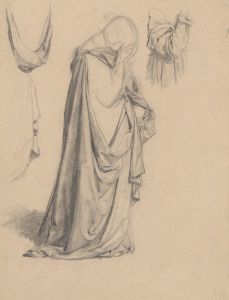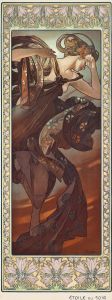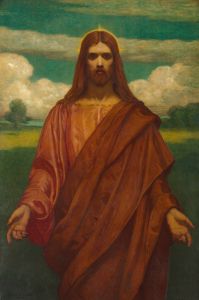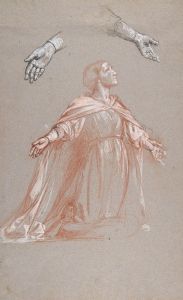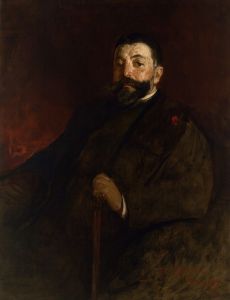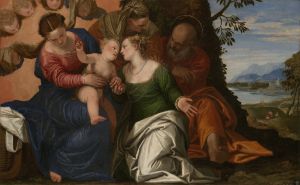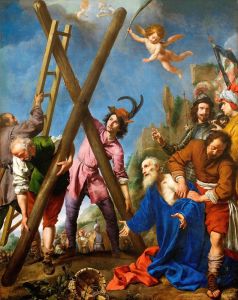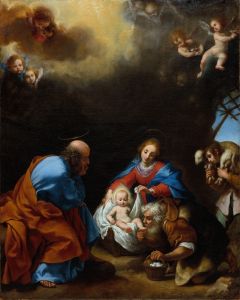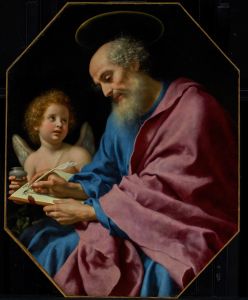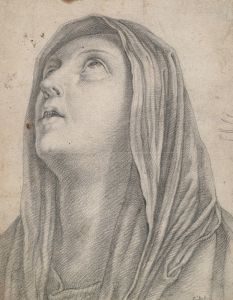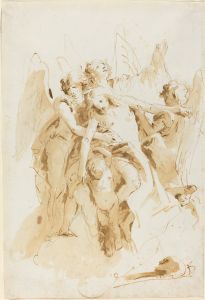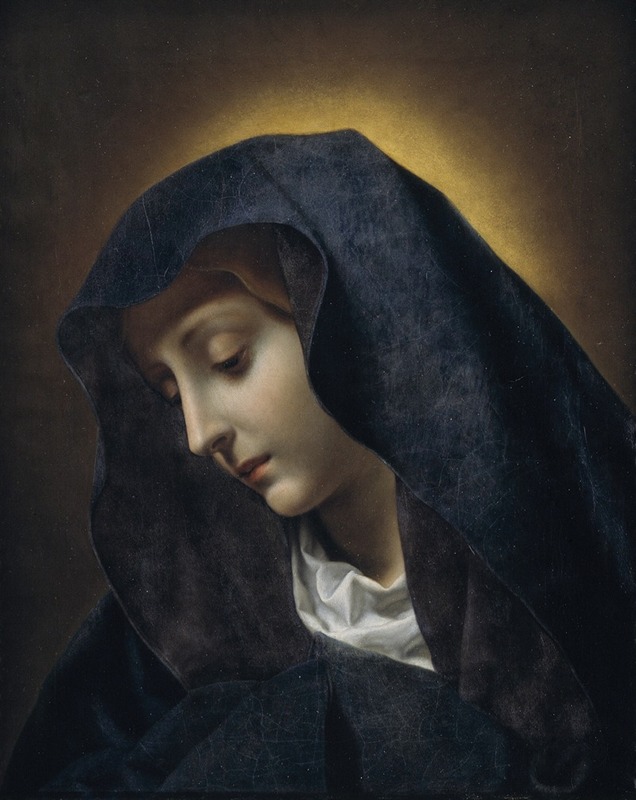
The Virgin
A hand-painted replica of Carlo Dolci’s masterpiece The Virgin, meticulously crafted by professional artists to capture the true essence of the original. Each piece is created with museum-quality canvas and rare mineral pigments, carefully painted by experienced artists with delicate brushstrokes and rich, layered colors to perfectly recreate the texture of the original artwork. Unlike machine-printed reproductions, this hand-painted version brings the painting to life, infused with the artist’s emotions and skill in every stroke. Whether for personal collection or home decoration, it instantly elevates the artistic atmosphere of any space.
Carlo Dolci was an Italian Baroque painter known for his highly detailed and devotional works. One of his notable paintings is "The Virgin," which exemplifies his meticulous style and religious subject matter. Dolci was born in Florence in 1616 and spent most of his life working in the city, where he became one of the leading painters of his time. His works are characterized by their serene beauty, vibrant colors, and the delicate rendering of figures, often imbued with a sense of piety and devotion.
"The Virgin" by Carlo Dolci is a testament to his skill in capturing the spiritual essence of his subjects. The painting depicts the Virgin Mary, a central figure in Christian iconography, known for her purity and maternal grace. Dolci's portrayal of the Virgin is marked by a gentle and serene expression, emphasizing her role as a compassionate and nurturing figure. The artist's attention to detail is evident in the delicate rendering of the Virgin's features and the intricate folds of her garments.
Dolci's use of color in "The Virgin" is particularly noteworthy. He employed a rich palette to create a sense of depth and luminosity, enhancing the painting's overall impact. The soft, glowing light that envelops the Virgin adds to the ethereal quality of the work, drawing the viewer's attention to her serene face and the subtle emotions it conveys. This use of light and color is a hallmark of Dolci's style, reflecting the influence of the Baroque period's emphasis on dramatic contrasts and emotional intensity.
The composition of "The Virgin" is carefully balanced, with the figure of Mary occupying a central position in the painting. Her gaze is often directed downwards or slightly to the side, inviting contemplation and reflection. This compositional choice serves to engage the viewer, creating a sense of intimacy and connection with the subject. Dolci's ability to convey emotion through subtle gestures and expressions is evident in this work, highlighting his mastery of portraiture and religious themes.
Carlo Dolci's paintings were highly sought after during his lifetime, and his reputation as a leading artist of the Florentine Baroque has endured. "The Virgin" is a prime example of his ability to blend technical precision with spiritual depth, resulting in a work that continues to resonate with viewers. Dolci's dedication to his craft and his focus on religious subjects reflect the cultural and artistic milieu of 17th-century Florence, where art was often intertwined with expressions of faith and devotion.
Today, "The Virgin" by Carlo Dolci can be found in various art collections and museums, where it is appreciated for its artistic merit and historical significance. The painting serves as a reminder of Dolci's contribution to the Baroque movement and his enduring legacy as a painter of religious subjects. Through works like "The Virgin," Dolci has left an indelible mark on the history of art, celebrated for his ability to capture the divine in human form with grace and precision.





